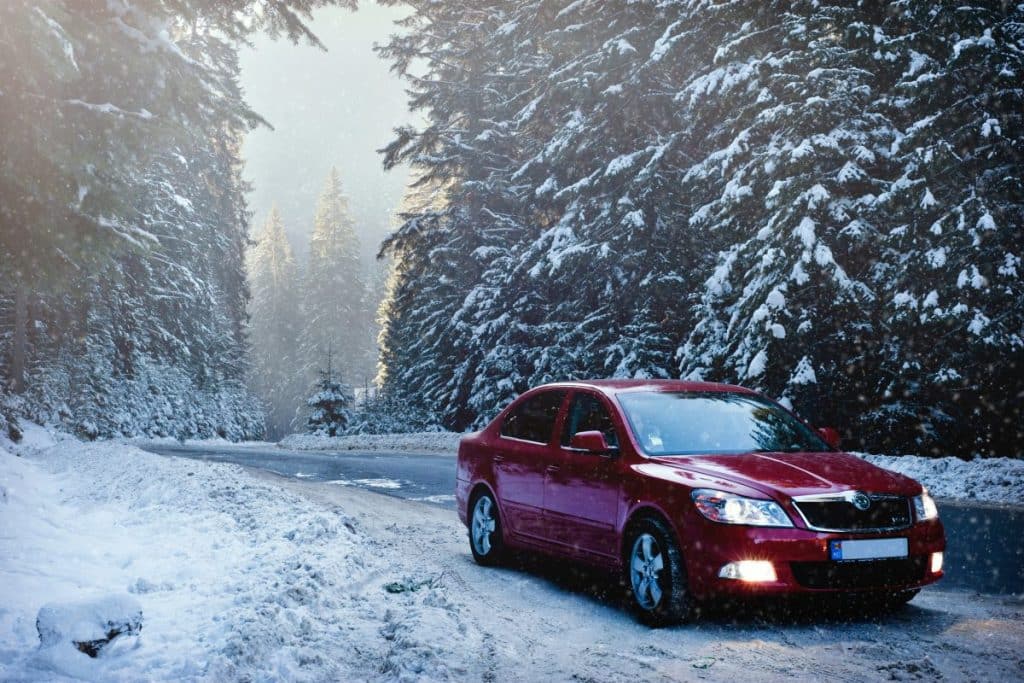The term preparing a vehicle for winter was used more often in the past. Today’s vehicles, if they are regularly serviced, do not need special preparations before winter. This does not mean that drivers do not have to pay attention to them with the arrival of winter.
First of all, winter equipment should be prepared. It should be checked whether the windshield washer fluid is suitable for winter conditions. Drivers themselves can protect the rubber seals around the doors and trunk lid with antifreeze. Locks should also be protected against freezing, for two reasons. With vehicles without remote unlocking, it will be a problem to unlock the lock. It can also happen that the vehicle locks by itself while, for example, you are scraping ice and you have left the engine to warm up. The reason is due to the freezing of an overstressed lock, writes Review HAK.
But nowadays, when vehicles are serviced irregularly for financial reasons, surprises are also possible, which are sometimes very unpleasant.
Possible major engine damage
One of the possible and logical possibilities is the freezing of the engine coolant if we did not check its density in time, i.e. its resistance to low temperatures. Today’s fluids have a longer shelf life. The danger lies in the fact that over time, for some reason, water was added little by little. Thus, her composition was changed and she can no longer tolerate low temperatures.
If the fluid is too diluted, severe engine damage can occur at very low temperatures. For example, there may be a rupture of the engine block, damage to the cooling pipes and the radiator. One of the classic mistakes is trying to start the engine when the system is less frozen. Most engines in today’s vehicles have a toothed timing belt. If it also rotates the pump of the cooling circulation circuit by design, it remains blocked due to tracking. Attempting to start the engine in such a situation leads to, especially in the case of diesel engines, a major accident because the toothed belt may break.
Engine overheating is also possible
Another point of interest is related to the insufficient resistance of the cooling liquid. Namely, it is possible for the engine to overheat at -15 degrees. Vehicle users from the southern parts of Croatia sometimes speculate about the freezing point of their vehicle’s fluid. If they need to travel to the continental part of the country, by passing through the Sveti Rok tunnel, they find themselves in the Siberian climate. Then, due to the consistency of the radiator, that is, the mushy structure of the coolant, the engine starts to overheat because there is no circulation.
In order to avoid unwanted consequences, you need to know the condition of your engine’s coolant. In other words, if we are not sure how many times we topped up the water, we should examine the state of the liquid.
In the past, diesel drivers also used to surprise their owners. Due to the self-ignition design of the mixture, they are particularly sensitive to low temperatures. This problem is solved by the installation of additional heaters, thus enabling an easier start of the engine. Modern diesel engines are so advanced in design and electronic injection control that low temperatures are not a problem. The fuel quality is also at a high level.
But surprises are always possible, first of all with the appearance of moisture condensate in the fuel tank. We almost always drive with half-empty tanks, and this favors the appearance of water condensate in the tank. Some systems have the ability to separate condensate on the fuel filter, but at low temperatures, problems with the fuel supply system to the engine are possible. At very low temperatures, the appearance of paraffin in the fuel is also possible. This problem was once solved by adding gasoline to diesel fuel. Don’t even try it with new vehicles. The bad consequences that can arise are much greater than the immediate benefits.
Battery failure
Battery failure is common in winter. Generally, in the first burst of cold weather, say in Zagreb, approximately 30% of batteries fail. When starting the engine, the first 5 seconds are critical for the battery. Then the energy needs are high, and at the same time, the battery capacity is reduced due to the cold. According to research by the battery manufacturer, already at 0 degrees the capacity drops by 20%, and the need is 50% higher. At lower temperatures, the situation is even more unfavorable. That’s why even batteries that would continue to function at higher temperatures simply say: No!
Track N1 via Android apps | iPhone/iPad and social networks Twitter | Facebook | Instagram.

